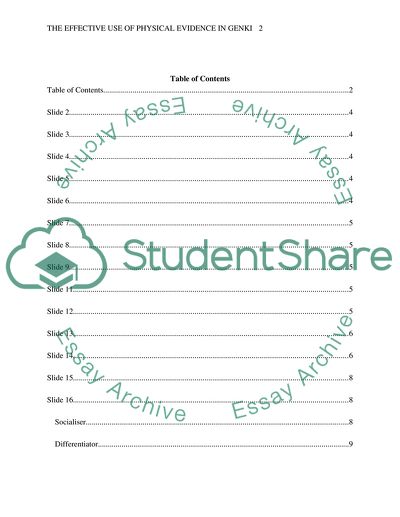Cite this document
(The Effective Use of Physical Evidence in a Service Environment of Speech or Presentation - 1, n.d.)
The Effective Use of Physical Evidence in a Service Environment of Speech or Presentation - 1. Retrieved from https://studentshare.org/marketing/1699408-the-effective-use-of-physical-evidence-in-a-service-environment-company-genki
The Effective Use of Physical Evidence in a Service Environment of Speech or Presentation - 1. Retrieved from https://studentshare.org/marketing/1699408-the-effective-use-of-physical-evidence-in-a-service-environment-company-genki
(The Effective Use of Physical Evidence in a Service Environment of Speech or Presentation - 1)
The Effective Use of Physical Evidence in a Service Environment of Speech or Presentation - 1. https://studentshare.org/marketing/1699408-the-effective-use-of-physical-evidence-in-a-service-environment-company-genki.
The Effective Use of Physical Evidence in a Service Environment of Speech or Presentation - 1. https://studentshare.org/marketing/1699408-the-effective-use-of-physical-evidence-in-a-service-environment-company-genki.
“The Effective Use of Physical Evidence in a Service Environment of Speech or Presentation - 1”, n.d. https://studentshare.org/marketing/1699408-the-effective-use-of-physical-evidence-in-a-service-environment-company-genki.


